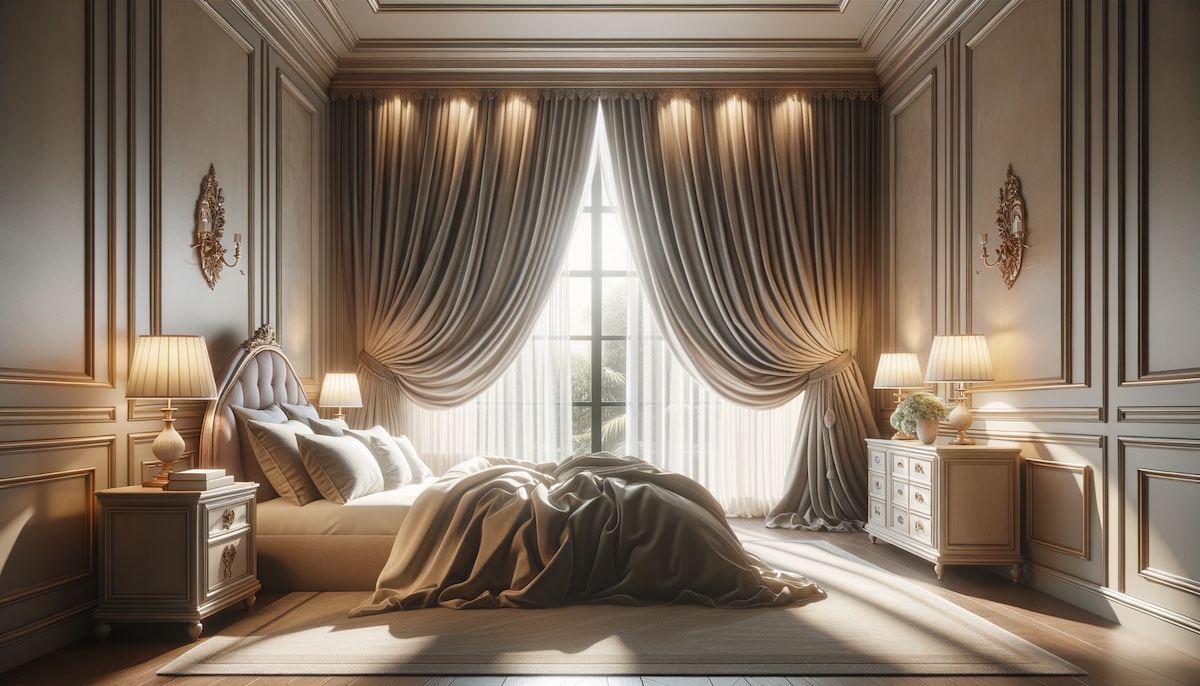

Articles
What Are Drapes?
Modified: October 20, 2024
Discover everything you need to know about drapes in our informative articles. Find tips, styles, and inspiration for adding drapes to your home décor.
(Many of the links in this article redirect to a specific reviewed product. Your purchase of these products through affiliate links helps to generate commission for Storables.com, at no extra cost. Learn more)
Introduction
Welcome to the world of drapes! Whether you’re a homeowner, interior designer, or simply someone interested in home decor, understanding what drapes are and how they can enhance your living space is crucial. Drapes are not just ordinary window coverings; they are an integral part of creating a warm and inviting atmosphere in any room. In this article, we will delve into the world of drapes, exploring their definition, types, materials, benefits, and more. So, let’s get started!
Key Takeaways:
- Drapes are more than just window coverings; they add depth, texture, and personality to a room. Understanding the various types, materials, and benefits can help you make an informed decision when selecting drapes for your home.
- When choosing drapes, consider factors such as style, color, opacity, length, and functionality to align with your personal preferences and the overall decor of the room. Proper installation and regular maintenance will ensure that your drapes continue to look beautiful and function effectively for years to come.
Read more: What Fabric Drapes Well
Definition of Drapes
Drapes, also known as curtains, are window coverings made of fabric that are designed to block out light, provide privacy, and enhance the aesthetic appeal of a room. Unlike blinds or shades, which are made from rigid materials like wood or plastic, drapes are made from soft, flexible materials such as silk, velvet, or cotton. They can be hung from a rod or track system and can be opened and closed for light control and privacy.
What sets drapes apart from other window coverings is their ability to add depth and texture to a room. Unlike blinds or shades, which typically have a uniform appearance, drapes come in a variety of styles, patterns, and colors, allowing for customization to suit any interior design scheme. From sheer and lightweight to heavy and opaque, drapes offer endless possibilities for creating the desired ambiance in a space.
In addition to their functional and decorative purposes, drapes also offer insulation benefits. The thickness and density of the fabric can help to regulate the temperature in a room by keeping it warmer in the winter and cooler in the summer. This not only creates a comfortable living environment but can also lead to energy savings by reducing the need for heating and cooling systems.
Now that we have a clear understanding of what drapes are, let’s explore the different types of drapes available and the materials used to create them.
Types of Drapes
When it comes to drapes, there is a wide range of types to choose from, each with its own unique features and benefits. Here are some of the most common types of drapes:
- Panel Drapes: Panel drapes are the most basic and versatile type of drapes. They consist of a single panel of fabric that hangs straight down from a rod. Panel drapes can be used alone or in combination with other types of drapes to create a layered look.
- Pleated Drapes: Pleated drapes are characterized by the pleats or folds that run vertically along the top of the drape. The pleats not only add visual interest but also provide structure and shape to the drape. Common pleat styles include pinch pleat, goblet pleat, and box pleat.
- Tab Top Drapes: Tab top drapes feature fabric loops or tabs along the top edge that slide onto a rod for hanging. They offer a casual and relaxed look, making them suitable for informal spaces like bedrooms and living rooms.
- Grommet Drapes: Grommet drapes have metal or plastic grommets along the top edge through which the rod is threaded. This creates a modern and streamlined appearance, and the grommets allow the drapes to slide smoothly along the rod for easy opening and closing.
- Rod Pocket Drapes: Rod pocket drapes have a sewn-in pocket along the top edge that accommodates a curtain rod. They create a gathered and traditional look, and the entire length of the rod is concealed by the fabric.
- Sheer Drapes: Sheer drapes are made from lightweight and translucent fabrics that allow light to filter through while providing privacy. They lend an airy and ethereal feel to a space and are often used in conjunction with other drapes for layering.
These are just a few examples of the many types of drapes available on the market. Each type can be further customized with different fabrics, colors, patterns, and lengths to suit individual preferences and decor styles.
Now that we’ve explored the various types of drapes, let’s delve into the different materials used to create them.
Materials Used for Drapes
When it comes to choosing drapes, the material used plays a significant role in the overall look, feel, and functionality of the window coverings. Here are some common materials used for drapes:
- Silk: Silk drapes are known for their luxurious and elegant appearance. They have a natural sheen and a soft, smooth texture. Silk drapes can add a touch of sophistication to any space but may require special care and maintenance.
- Velvet: Velvet drapes exude opulence and warmth. They have a dense pile that creates a rich, plush texture. Velvet drapes are known for their ability to block out light and sound, making them an excellent choice for bedrooms or media rooms.
- Cotton: Cotton drapes are versatile and widely available. They come in different weights and weaves, ranging from lightweight voile to heavy canvas. Cotton drapes are easy to care for and offer a casual and relaxed look.
- Linen: Linen drapes have a natural and earthy texture. They provide a breezy and organic feel to a room. Linen drapes are known for their excellent durability and breathability, making them suitable for both traditional and contemporary spaces.
- Polyester: Polyester drapes are popular due to their affordability, durability, and wide range of color and pattern options. They are often used for ready-made drapes and offer easy maintenance and resistance to wrinkling.
- Blend Fabrics: Many drapes are made from a blend of different fabrics, combining the best qualities of each material. For example, a silk and polyester blend may offer the luxurious look of silk with the durability and affordability of polyester.
Each material has its own unique characteristics, and the choice ultimately depends on personal preferences, budget, and the desired style of the space. It’s important to consider factors such as light control, privacy, maintenance requirements, and the overall aesthetic when selecting the material for your drapes.
Now that we have explored the various types of drapes and materials used, let’s discover the benefits of using drapes in your living space.
Benefits of Using Drapes
Using drapes in your living space offers a multitude of benefits beyond just covering your windows. Here are some of the advantages of incorporating drapes into your home decor:
- Light Control: One of the primary benefits of drapes is their ability to control the amount of light entering a room. By adjusting the drape’s position or using different opacity levels, you can filter out or block sunlight completely, creating a comfortable and cozy ambiance.
- Privacy: Drapes provide privacy by preventing outsiders from peering into your home. This is particularly important in bedrooms, bathrooms, and ground-level rooms. Thicker and darker drapes offer better privacy, while sheer drapes allow natural light in while maintaining a level of privacy.
- Noise Reduction: The dense fabric and added thickness of certain drapes, such as velvet or thermal-lined drapes, can help absorb sound and reduce external noise pollution, creating a quieter and more peaceful living environment.
- Insulation: Drapes can help with insulation by trapping air between the fabric and the window, thereby reducing heat transfer between the indoors and outdoors. In colder months, drapes can retain warmth, while in warmer months, they can prevent heat from entering, helping to regulate the temperature inside.
- Enhanced Aesthetics: Drapes can significantly enhance the visual appeal of any room. With a variety of styles, patterns, colors, and materials available, drapes provide endless possibilities for adding a touch of elegance, sophistication, or coziness to your living space.
- Flexibility and Versatility: Drapes offer flexibility in terms of customization and can be easily changed to suit different seasons, occasions, or moods. Whether you prefer a bold statement or a subtle accent, drapes can be adjusted or layered accordingly.
By harnessing the benefits of light control, privacy, noise reduction, insulation, and aesthetic enhancement, drapes can transform any room into a comfortable and inviting space.
Now that we understand the advantages of using drapes, let’s explore how to choose the right drapes for your specific needs and space.
When choosing drapes, consider the fabric weight and opacity to control light and privacy. Heavier fabrics like velvet provide insulation, while sheer fabrics let in more light.
Read more: What Is The Best Steamer For Drapes
How to Choose the Right Drapes for Your Space
Choosing the right drapes for your space involves considering several factors, including style, functionality, and the specific requirements of the room. Here are some guidelines to help you make the best choice:
- Style: Determine the desired style of your space. Are you going for a classic, modern, or eclectic look? Consider the existing decor elements and architectural features in the room to ensure that the drapes complement and enhance the overall aesthetic.
- Color and Pattern: Select colors and patterns that align with your personal style and the overall color scheme of the room. Bold and vibrant colors can make a statement, while neutral tones can create a calm and timeless look. Consider the impact of natural light on the colors and patterns of the drapes.
- Opacity: Decide on the desired level of opacity based on your privacy and light control needs. Sheer drapes allow ample sunlight while still providing a level of privacy, while blackout drapes completely block out light, making them ideal for bedrooms or media rooms.
- Length and Fullness: Determine the ideal length of the drapes based on the height of the windows and the overall proportions of the room. Floor-length drapes can create a dramatic and elegant look, while shorter drapes can offer a more casual and contemporary feel. Consider the desired level of fullness to create a luxurious and voluminous appearance.
- Hardware and Accessories: Choose the appropriate hardware and accessories to complement the drapes. Select curtain rods, finials, tiebacks, or rings that match the style and finish of the room. These small details can make a significant impact on the overall look of the drapes.
- Functionality: Consider the practical aspects of the drapes. Determine the level of light control, privacy, and insulation required for the specific room. For example, bedrooms may benefit from blackout drapes, while living rooms may require drapes with light filtering capabilities.
By considering these factors, you can narrow down your options and choose drapes that not only enhance the aesthetic appeal of your space but also meet your functional needs.
Now that you have a better understanding of how to choose the right drapes, let’s delve into the important factors to consider when installing drapes.
Factors to Consider When Installing Drapes
Installing drapes involves more than simply hanging them up. To ensure proper functionality and aesthetics, consider the following factors when installing drapes:
- Mounting Style: Decide on the most suitable mounting style for your drapes. Options include inside mount, where the drapes hang within the window frame, and outside mount, where the drapes hang outside the window frame. The choice depends on the size of the window, the desired coverage, and the overall look you want to achieve.
- Rod Placement: Position the curtain rod at the appropriate height and distance from the window. Ideally, the rod should be mounted a few inches above the top of the window frame to create the illusion of height. The width of the rod should extend beyond the window frame to allow the drapes to fully cover the window when closed.
- Drapery Length: Ensure that the drapes are the correct length for the desired look. Longer drapes should extend to the floor, while shorter drapes should end just above the window sill or at a specific point to achieve a tailored appearance. Take accurate measurements before purchasing or hemming the drapes.
- Hardware Installation: Follow the manufacturer’s instructions for proper installation of the curtain rod and associated hardware. Use appropriate tools and ensure that the hardware is securely fixed to avoid any accidents or damage to the drapes.
- Drape Placement: Hang the drapes evenly and symmetrically on the curtain rod. Use curtain rings or hooks if necessary to achieve the desired drape placement and fullness. It is important to ensure that the drapes are not too crowded or too sparse on the rod.
- Allowance for Movement: Leave some allowance for movement of the drapes. This will ensure that they can be easily opened and closed without getting caught on the window frame or furniture. Allow enough space for the drapes to glide smoothly along the rod when opening or closing.
- Finishing Touches: Once the drapes are installed, take time to adjust and arrange them to achieve the desired look. Smooth out any wrinkles or creases, and use tiebacks or holdbacks to create elegant draping when the drapes are open.
By considering these factors and paying attention to the installation details, you can ensure that your drapes not only look beautiful but also function properly and enhance the overall aesthetics of your space.
Now that we’ve covered the installation aspect, let’s move on to the maintenance and cleaning of drapes.
Maintenance and Cleaning of Drapes
To keep your drapes looking fresh, clean, and in good condition, regular maintenance and proper cleaning are essential. Here are some guidelines for maintaining and cleaning your drapes:
- Dust Regularly: Use a soft brush or vacuum cleaner with a brush attachment to gently remove dust from the surface of the drapes. Regular dusting prevents dust buildup and keeps the fabric looking clean and vibrant.
- Spot Cleaning: Attend to any spills or stains promptly. Blot the affected area gently with a clean cloth or sponge, using mild soap or a specialized fabric cleaner. Avoid rubbing the fabric vigorously, as this may damage the fibers or spread the stain further.
- Professional Cleaning: Depending on the fabric and the level of dirt or stains, it may be necessary to have your drapes professionally cleaned. Check the care instructions provided by the manufacturer or consult a professional cleaner for the best cleaning method.
- Steam Cleaning: For certain drapes, such as those made of silk or velvet, steam cleaning can be an effective method to remove dirt and refresh the fabric. Follow the manufacturer’s instructions and use a steamer specifically designed for delicate fabrics.
- Ironing: If your drapes require ironing, use a low-heat setting and steam iron to gently smooth out any wrinkles or creases. Always iron on the reverse side or place a clean cloth between the iron and the fabric to protect it.
- Seasonal Cleaning: Consider giving your drapes a thorough deep cleaning at least once or twice a year. This can help to remove any accumulated dust or odors and restore the fabric’s original appearance.
- UV Protection: Protect your drapes from fading and damage caused by strong sunlight by using UV-protective window films or opting for drapes with built-in UV resistance. This will help to maintain the color and longevity of the fabric.
It’s important to note that the cleaning instructions may vary depending on the fabric type, so always check the care labels or consult with professionals if you’re unsure about the appropriate cleaning methods for your specific drapes.
By following these maintenance and cleaning practices, you can extend the lifespan of your drapes and keep them looking beautiful and pristine for years to come.
Now that we’ve covered the maintenance aspect, let’s explore some common mistakes to avoid when buying drapes.
Common Mistakes to Avoid When Buying Drapes
Buying drapes for your space can be an exciting process, but it’s essential to avoid some common mistakes that can lead to dissatisfaction or an unfavorable outcome. Here are some mistakes to steer clear of when buying drapes:
- Not Measuring Correctly: One of the biggest mistakes is not measuring your windows accurately. Failing to measure the width and height of the windows can result in drapes that are too short, too long, or ill-fitting, creating an unbalanced and untidy appearance.
- Choosing the Wrong Length: Selecting the wrong length can also undermine the overall look of the drapes. Drapes that are too short can give a room a cramped and unfinished feel, while drapes that are too long may create a messy and tripping hazard. Take precise measurements to determine the appropriate length for your desired look.
- Ignoring the Room’s Function: It’s important to consider the function of the room when choosing drapes. For example, in a bedroom, you may want drapes that provide complete darkness and privacy. In a living room, you may opt for drapes that allow more natural light to filter in. Ignoring the room’s specific needs can lead to dissatisfaction and lack of functionality.
- Not Considering the Fabric: The choice of fabric plays a significant role in the overall look and functionality of the drapes. It’s crucial to consider factors such as the level of opacity, durability, and maintenance requirements of the fabric. Neglecting to choose a fabric that aligns with your lifestyle and the specific requirements of the room can result in disappointment or difficulties in cleaning and upkeep.
- Forgetting to Coordinate with the Room: Drapes should complement the existing decor and color scheme of the room. Failing to consider the room’s style and color palette can create a clash of aesthetics, disrupting the overall harmony. Take into account the room’s furnishings, wall color, and design elements to ensure that the drapes harmonize with the space.
- Ignoring Hardware and Accessories: The choice of curtain rods, rings, and other accessories is often overlooked but can significantly impact the final look of the drapes. Choosing the wrong hardware or not considering the finish and style can detract from the overall aesthetic. Pay attention to the details and select hardware that complements the drapes and enhances the overall appearance of the space.
- Not Considering Budget: It’s crucial to establish a budget before shopping for drapes. Not considering your budget can lead to overspending or compromising on the quality and durability of the drapes. Determine your budget in advance and explore options within that price range.
By avoiding these common mistakes, you can make a well-informed decision when purchasing drapes and achieve the desired look and functionality for your space.
Now that we’ve covered the common mistakes to avoid, let’s conclude our exploration of drapes.
Conclusion
Drapes play a significant role in enhancing the aesthetics and functionality of any living space. As we have explored in this article, drapes are more than just window coverings – they add depth, texture, and personality to a room. By understanding the various types of drapes, materials used, and the benefits they offer, you can make an informed decision when selecting drapes for your home.
Consider factors such as style, color, opacity, length, and functionality when choosing drapes that align with your personal preferences and the overall decor of the room. Remember to measure accurately, select the appropriate fabric, and coordinate the drapes with other elements in the space. Proper installation and regular maintenance will ensure that your drapes continue to look beautiful and function effectively for years to come.
Whether you’re seeking light control, privacy, insulation, or simply a touch of elegance, drapes can transform your living space into a cozy and inviting haven. With the wide range of styles, patterns, and fabrics available, you have the freedom to express your unique style and create a space that reflects your personality.
Avoid common mistakes such as measuring inaccurately, choosing the wrong length, or neglecting to consider the room’s function and existing decor. By being mindful of these factors and taking budget into account, you can make a purchase that satisfies your practical needs and enhances the overall look of your home.
So, go ahead and explore the world of drapes. Have fun experimenting with different styles, fabrics, and colors to create a space that is not only visually appealing but also functional and inviting. Let your creativity shine through as you dress your windows with drapes that elevate the ambiance and add a touch of elegance to your living environment.
Remember, drapes are more than just window coverings – they are an opportunity to showcase your personal style and create a space that truly feels like home.
Frequently Asked Questions about What Are Drapes?
Was this page helpful?
At Storables.com, we guarantee accurate and reliable information. Our content, validated by Expert Board Contributors, is crafted following stringent Editorial Policies. We're committed to providing you with well-researched, expert-backed insights for all your informational needs.
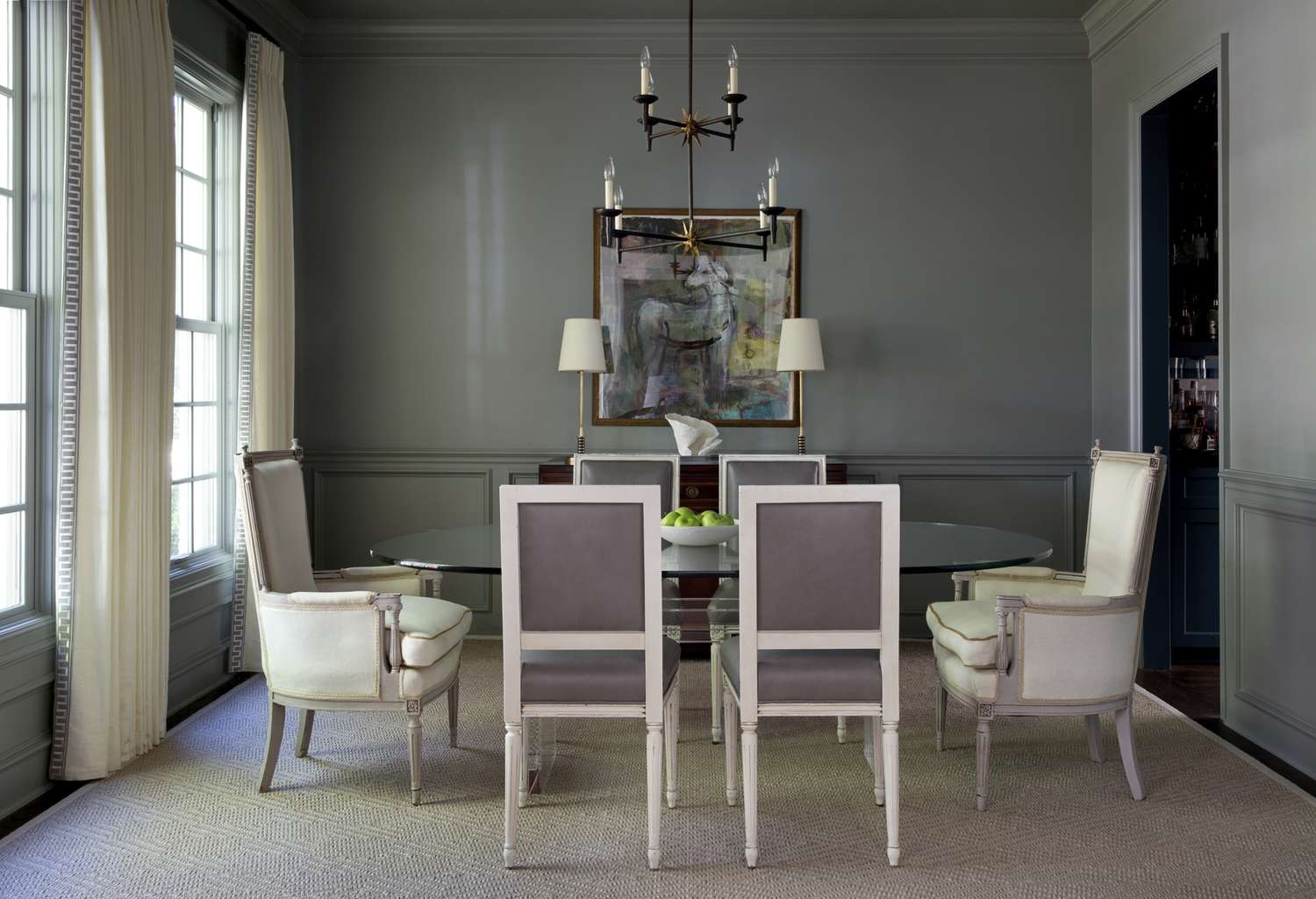
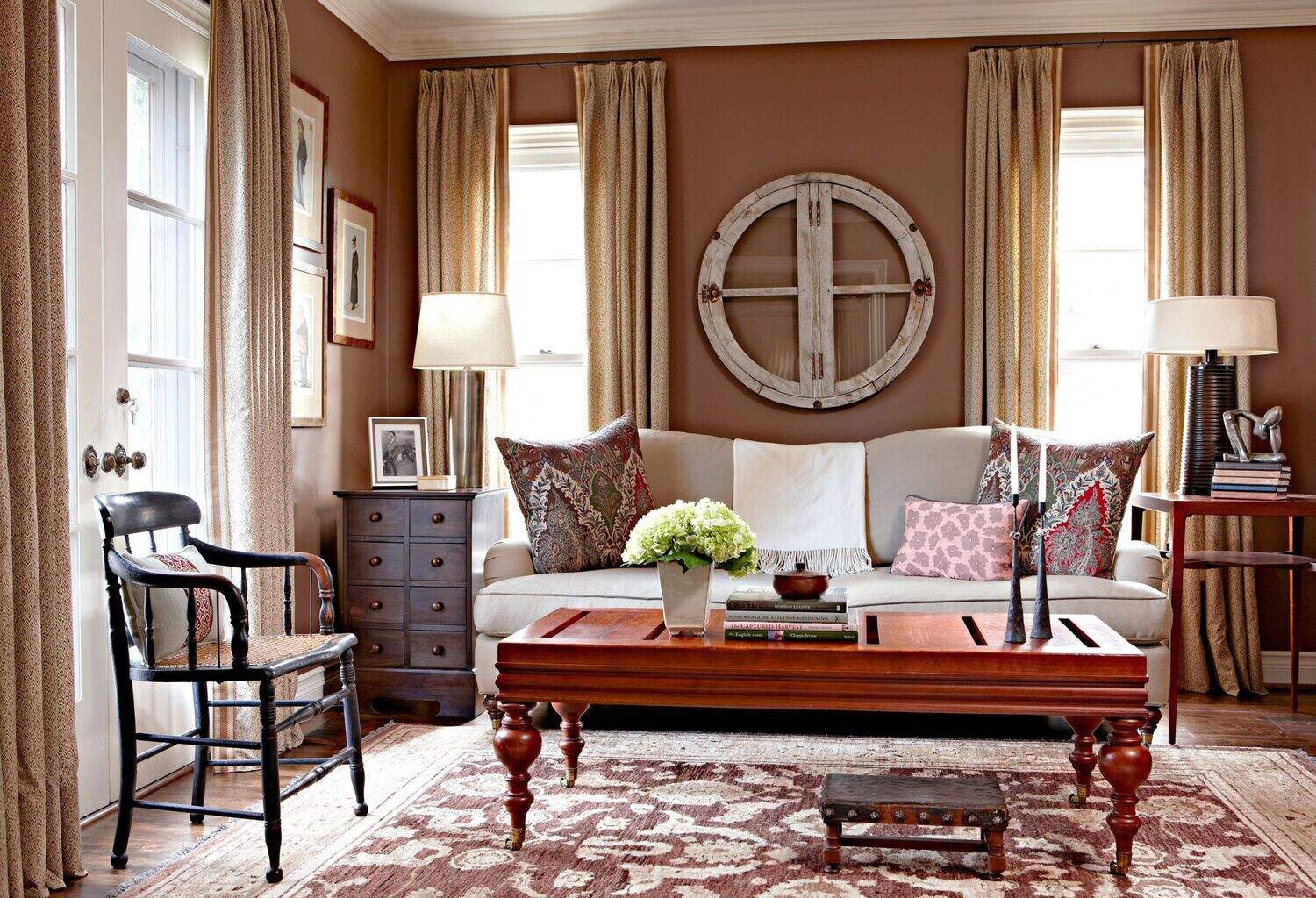
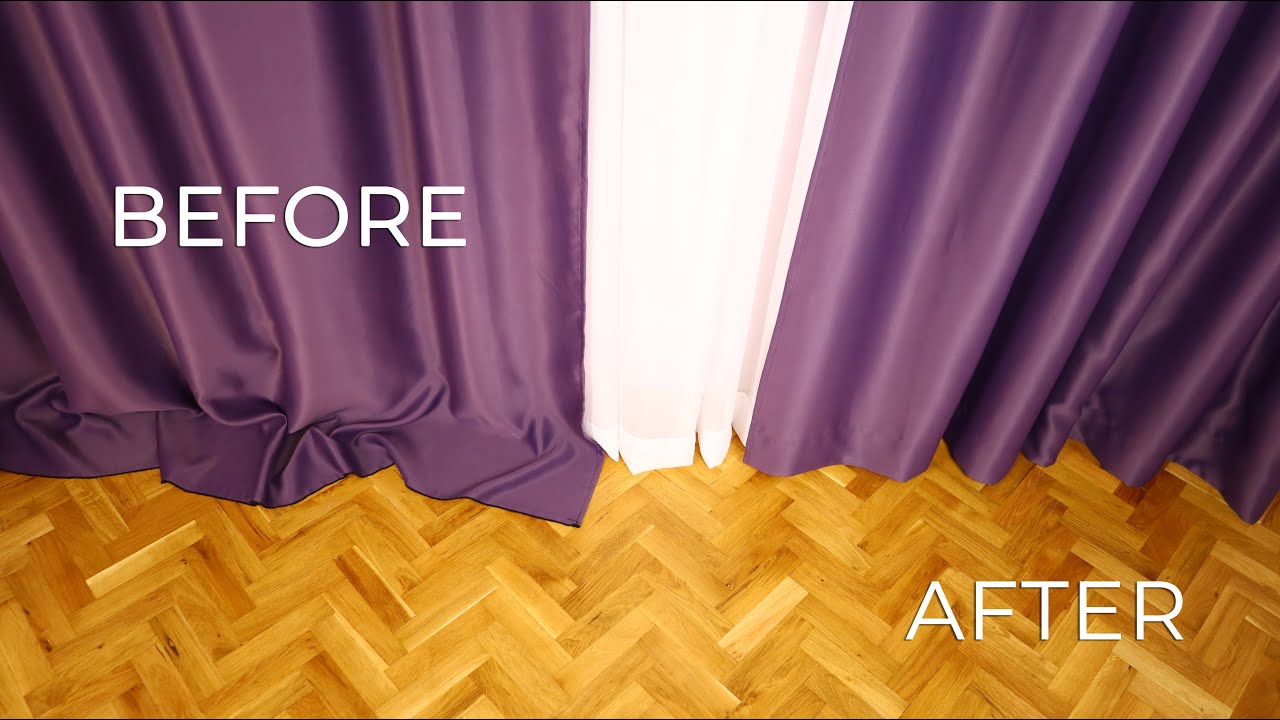
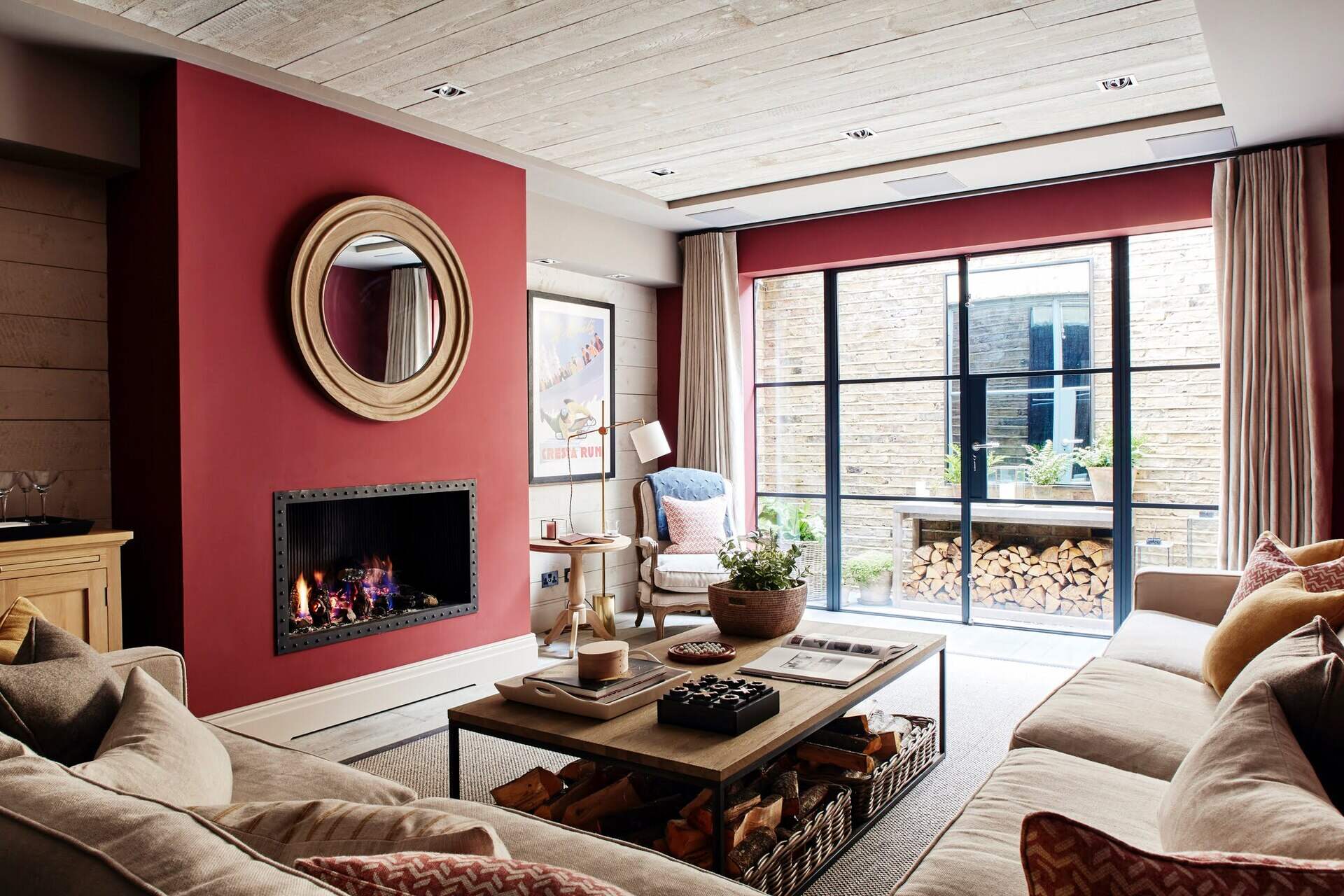
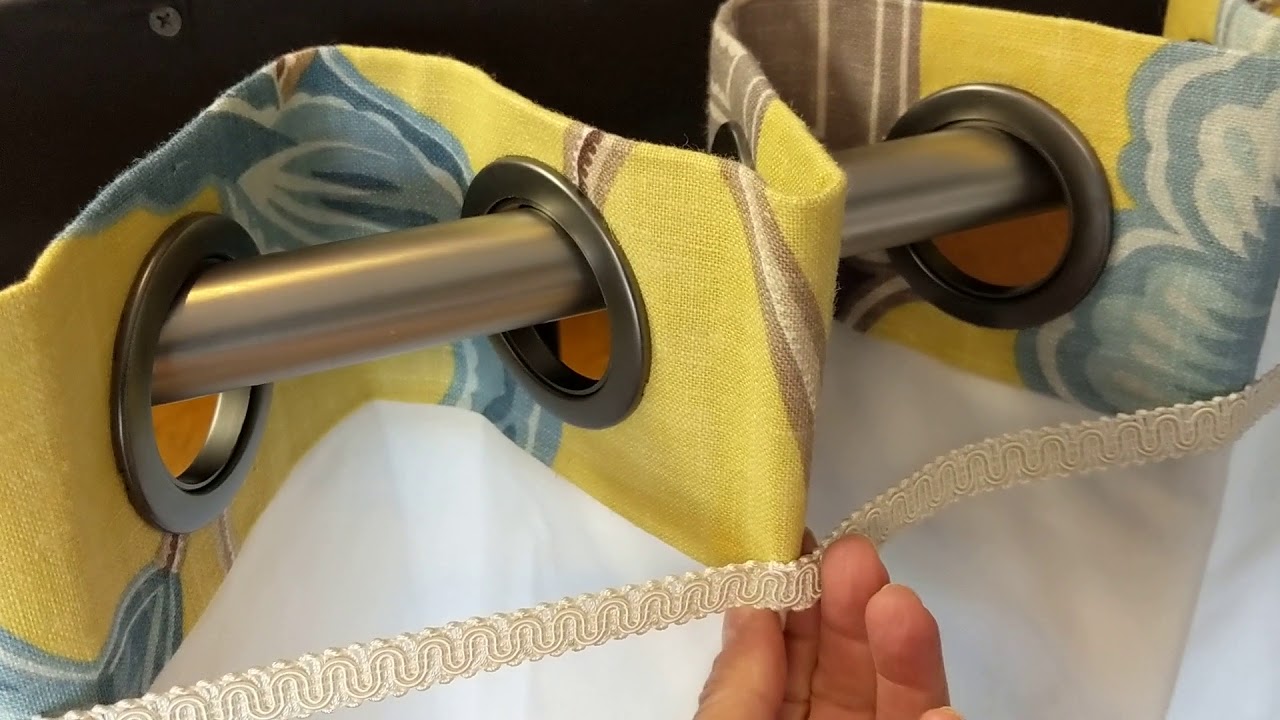

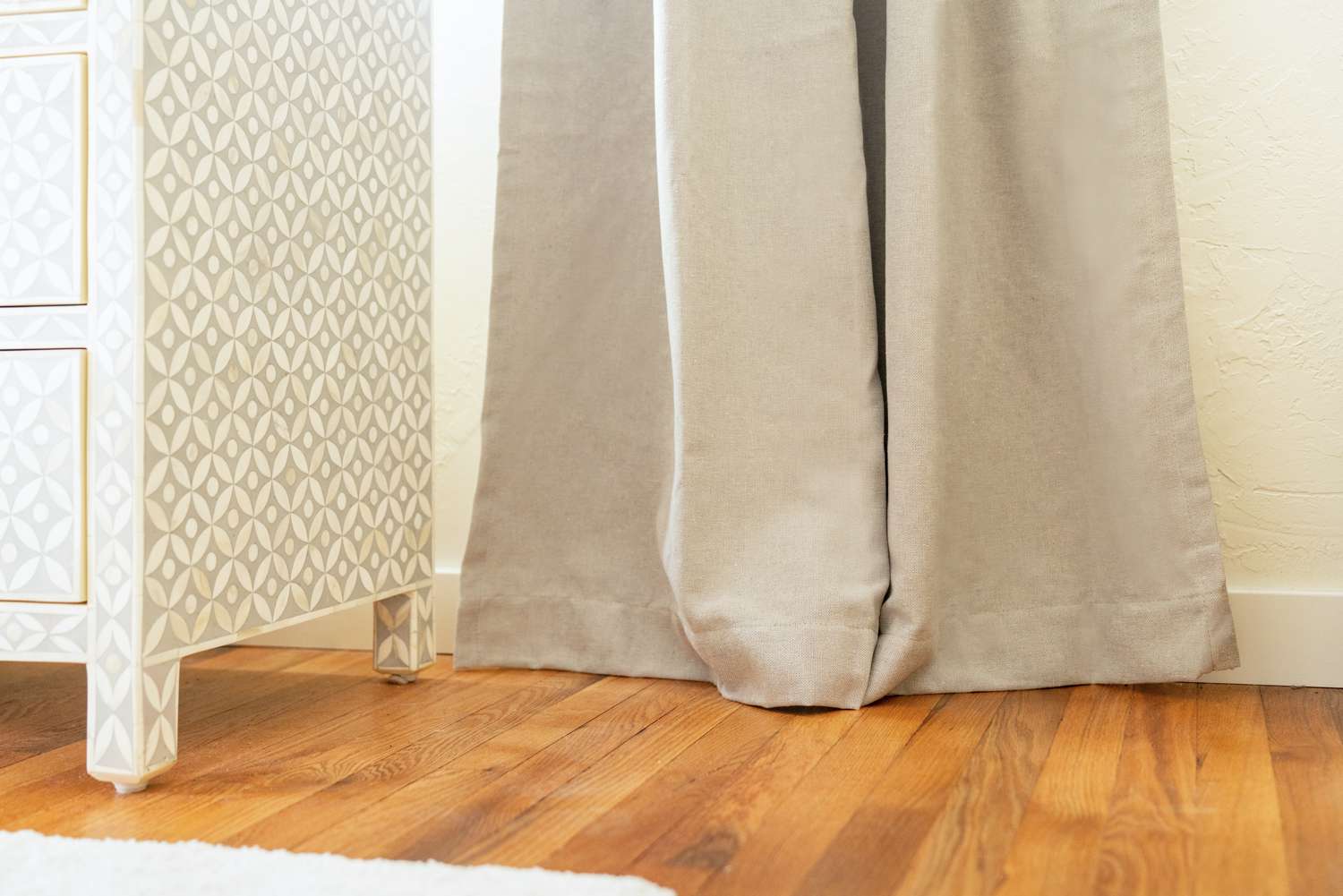
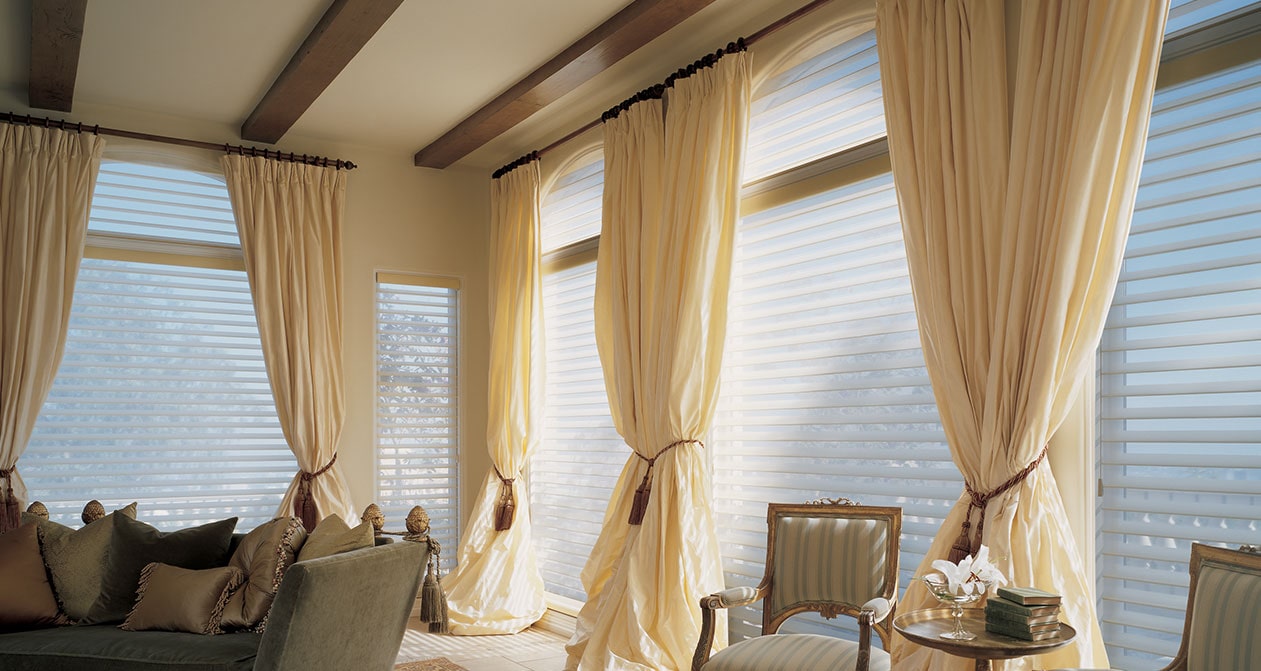
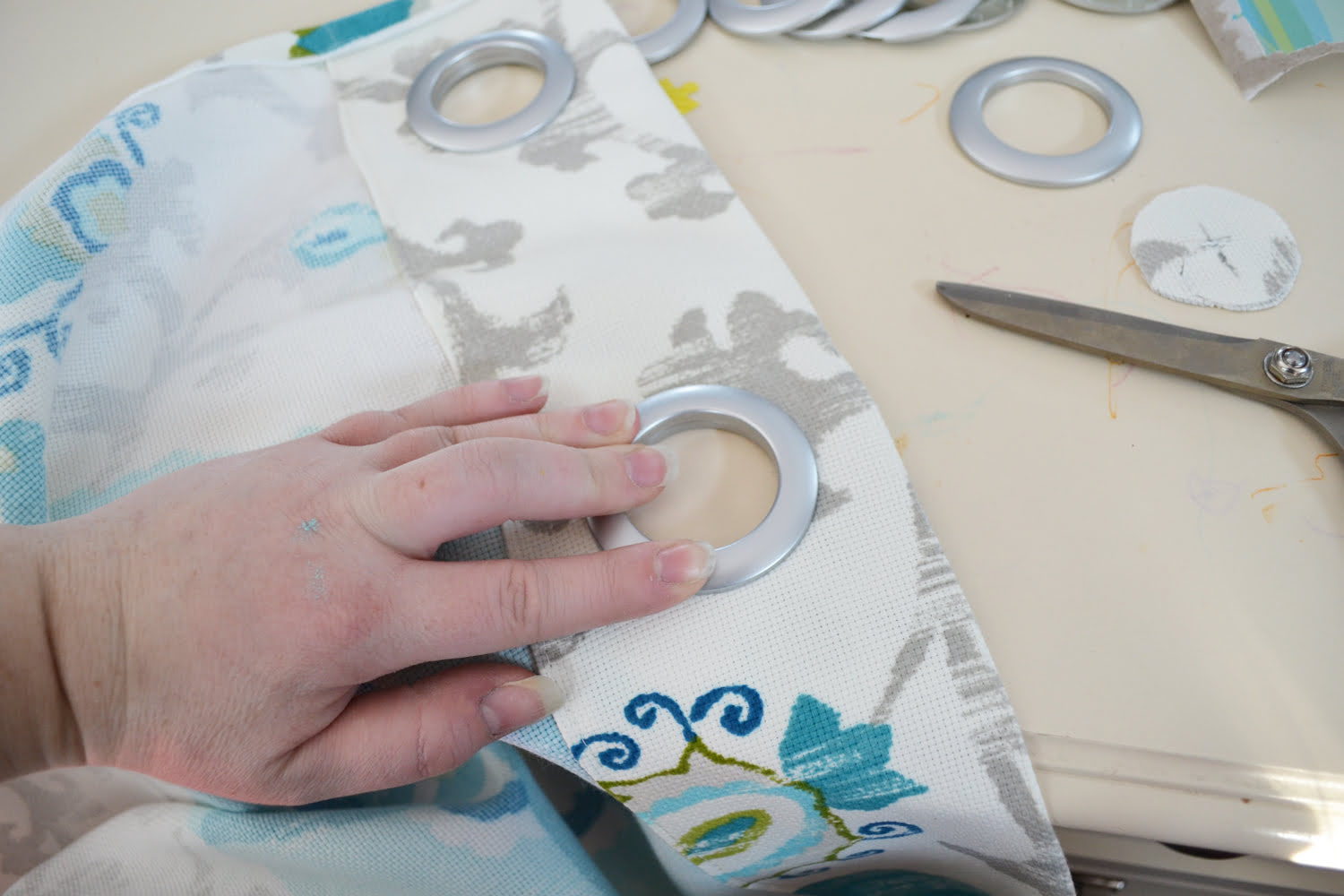
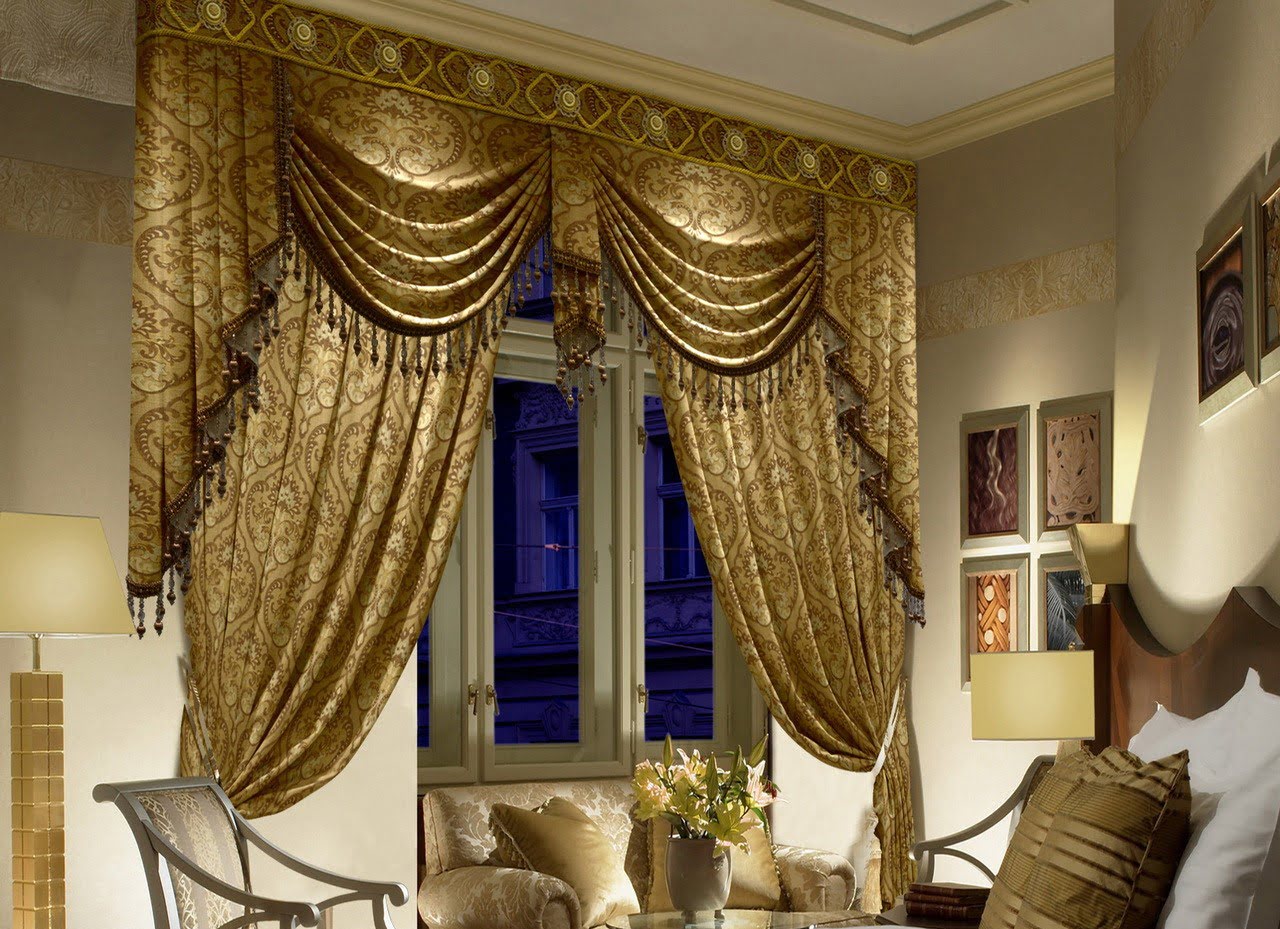
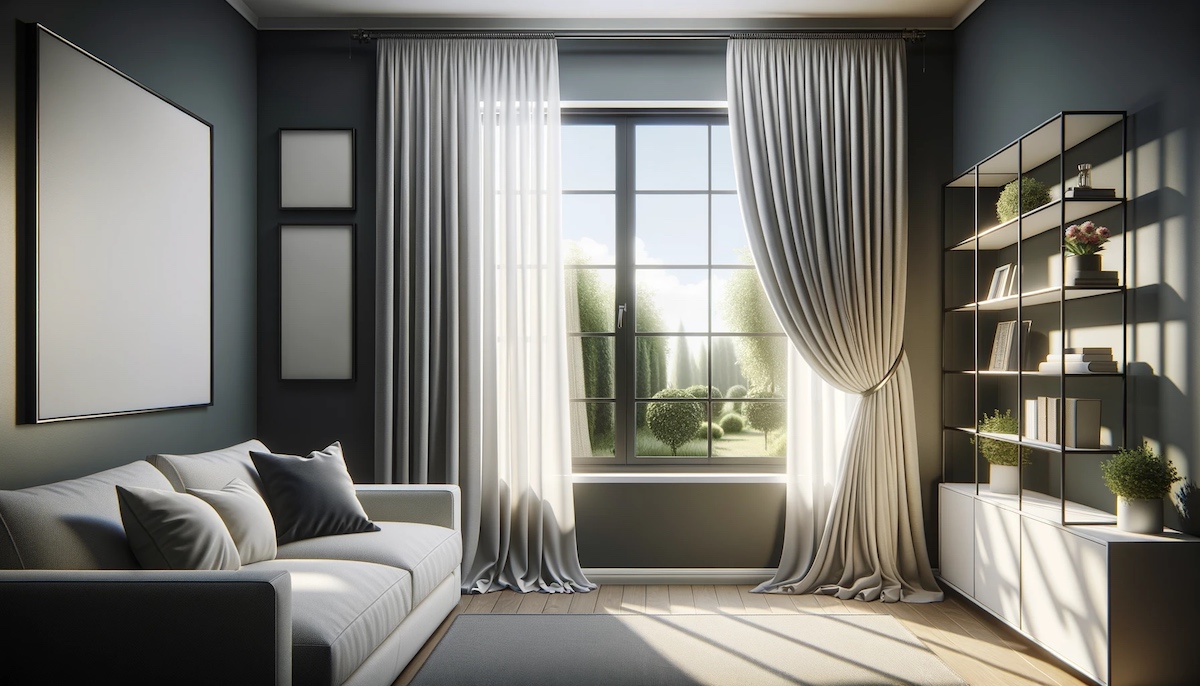
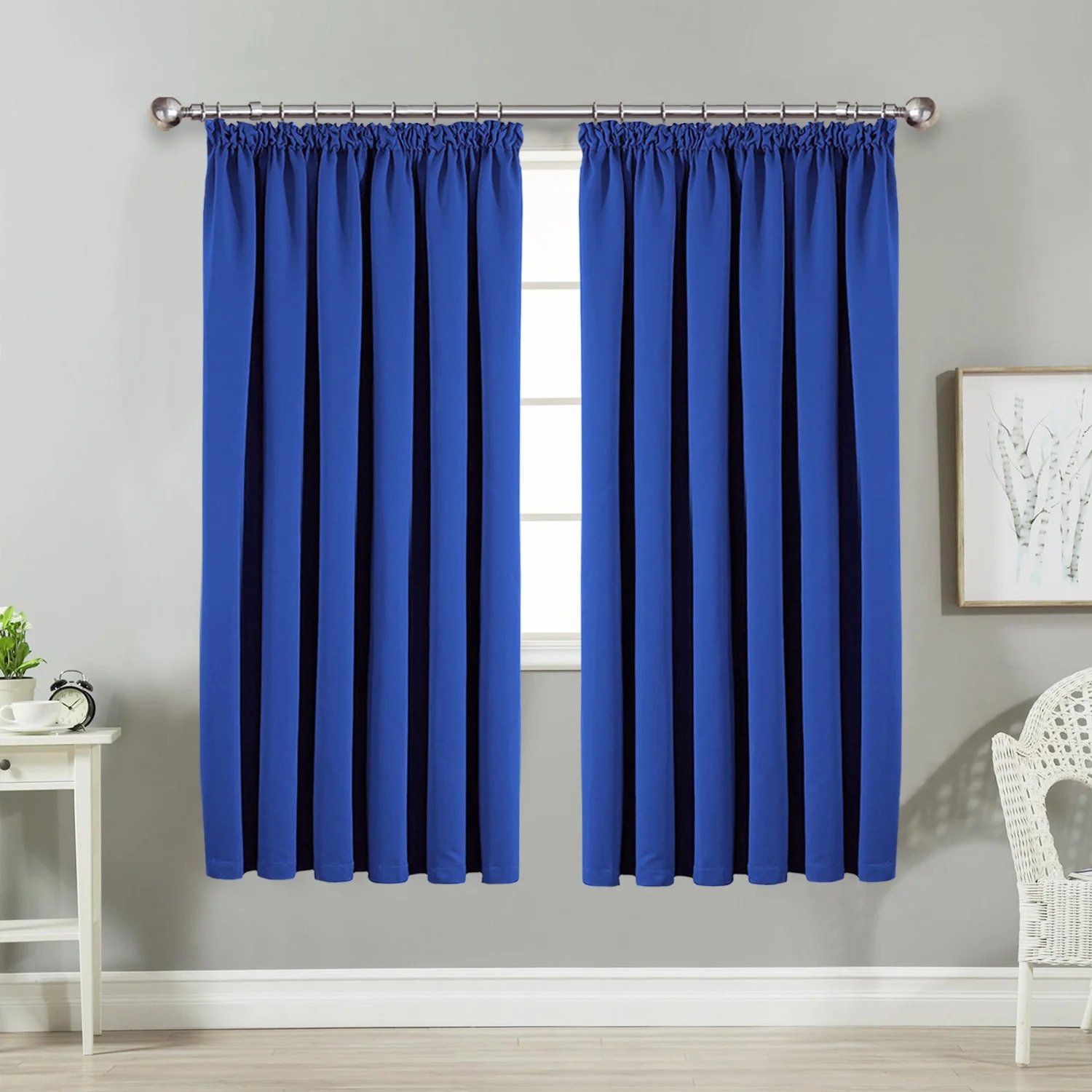
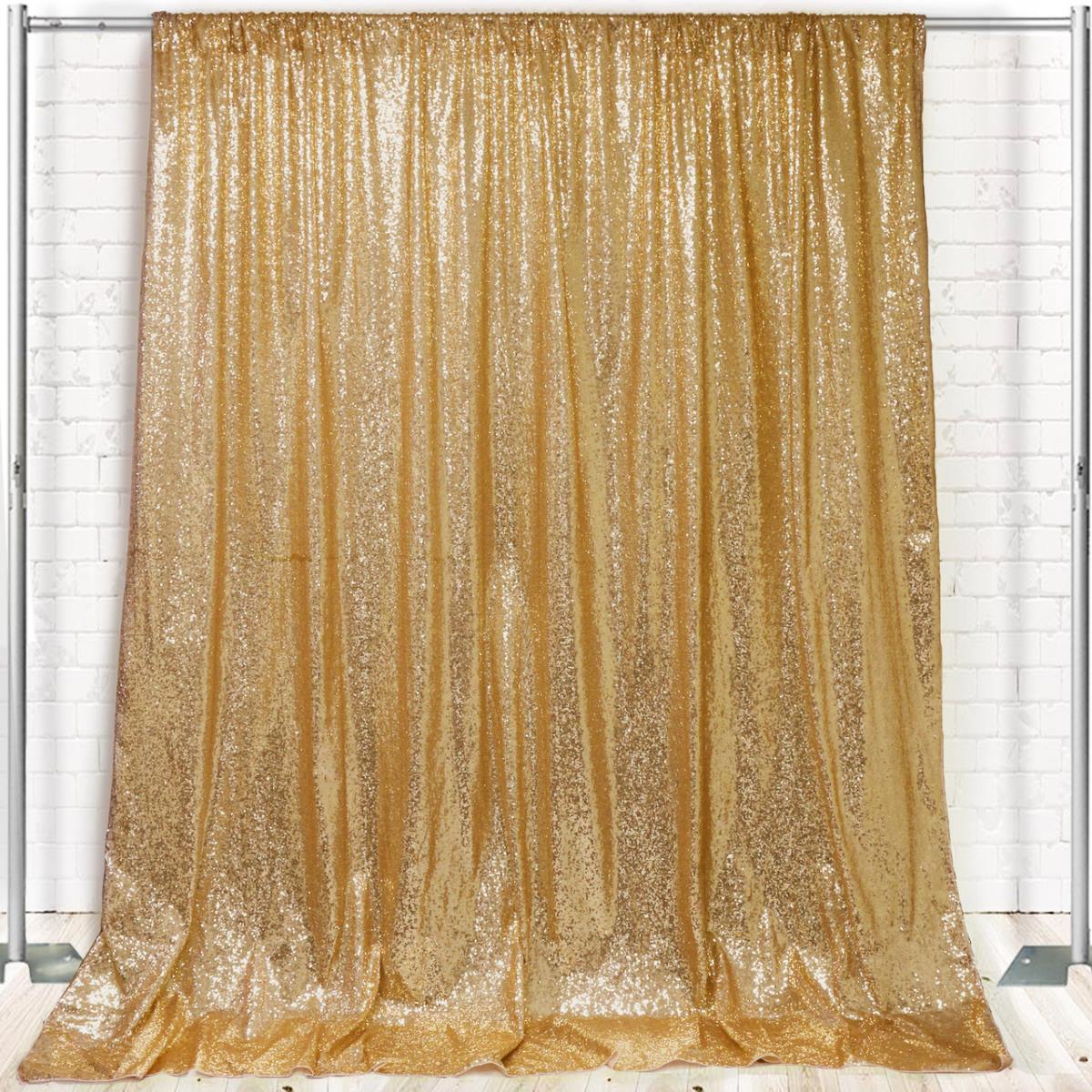

0 thoughts on “What Are Drapes?”